Helping Pre-Intentional Communicators to Cross the Intentionality Bridge
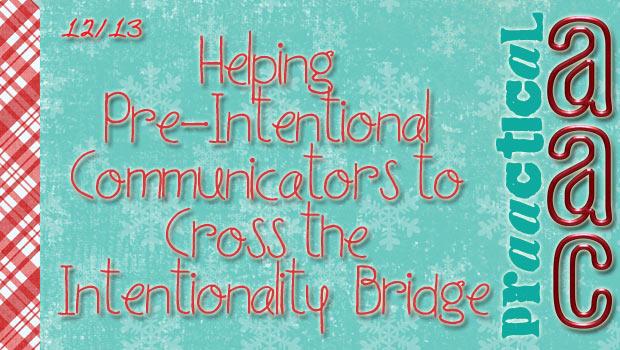
Earlier this month, we talked about the communication journey, from communication that is completely partner-inferred (pre-intentional) to communicating purposefully. The fastest route that we know of for helping clients become more purposeful communicators is a 3-step process.
Select a Signal
Believe it or not, we can get real intentional communication going with just a single motor act that will function as a signal. The Signal should be something the learner already does, such as moving an arm, tapping the tabletop, vocalizing in a certain way, or rocking.
The Signal can also be the absence of movement. One beautiful little girl comes to mind as an example. She paced constantly, enough to wear down a track in the family room carpet – a neat little triangle from the TV to the sofa to her grandma’s recliner. When she wanted something she’d just stop pacing. (Sounds pretty straightforward but it took us over a month to notice that.)
Work with team members who know the learner well to select The Signal. It works best when the action is one which:
- the learner already does
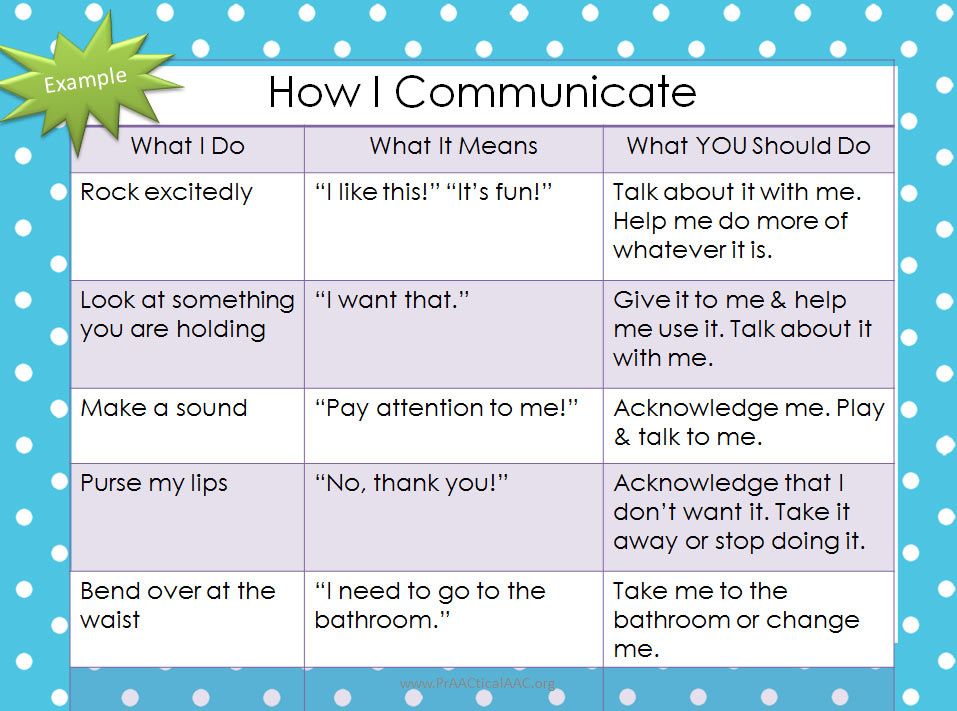
- is easy for us to observe
- has high rates of inter-rater reliability, i.e., we all agree on it when we see it
- doesn’t create problems, such as triggering an abnormal reflex pattern (e.g., ATNR)
- is already interpreted as communicative by one or more team members
Reinforce It
The next step requires some vigilance. Whenever you see the client using that signal, do whatever you can to rush over there to provide reinforcement that is appropriate to the context. This requires us to interpret the meaning. It may feel odd to be unsure of whether it was a purposeful signal or random movement, but don’t let that stop you. If it WAS purposeful, then you’ve just increased the chances that the learner will do this again with intent. If it was NOT purposeful, then you’ve facilitated the connection between what the learner did (The Signal) and a positive outcome. You took them one step closer to being intentional communicators. Either way, responding as if the signal is a purposeful act of communication helps the learner get to the next step.
Appropriate reinforcement is related to the context and the learner’s intent. If the learner exhibits The Signal when the OT walks in the room, we’ll infer that he/she likes the OT and try to quickly bring the two of them together. If the learner uses The Signal while looking at a particular toy or snack, we try to rush to provide it. You get the idea.
What’s ‘appropriate’ reinforcement? That depends on the learner. Remember, positive reinforcement refers to a consequence that strengthens future behavior. What seems reinforcing to us, may not be reinforcing to the AAC learner. AND, what the learner finds reinforcing may not seem appealing to us. We have to really check our assumptions to ensure that what we THINK is positive reinforcement, actually IS.
Repeat
And repeat and repeat and repeat. Preintentional communicators need a LOT of practice. For them to make the connection and realize that The Signal gets them something they desire, we have to provide lots and lots of opportunities for practice. For ideas on how to create communication opportunities, check out these curated resources on Scoop.It.
That’s it: Select The Signal and reinforce it whenever you see it. Over and over again. The key is consistency. If everyone is on board, knows what to look for and how to respond, AND if there are enough practice opportunities, the learner will gradually cross the bridge to intentional communication. And that’s a beautiful thing.
:::::::::::::::::::::::::::::::::::::::::::::::::::::::::::::::
P.S. You can get our chart for documenting the learner’s signals and intents here.
Filed under: Strategy of the Month
Tagged With: beginning communicator, communication opportunity, pre-intentional
This post was written by Carole Zangari

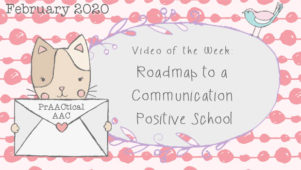
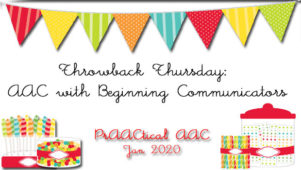
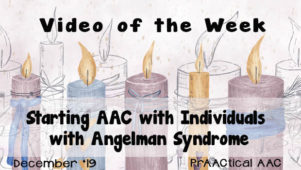
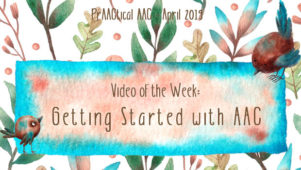
2 Comments
Carole, The information you provide through your blog is so valuable to professionals, families and the individuals we service. I would like to ask for permission to include some of your information in a presentation with full reference to the source. The presentation is on communicative intent. I would also appreciate further discussion with you regarding this topic. Let me know… Thanks, G.
Glenna, we’d be honored to have you share this. Thanks for thinking of us! 🙂